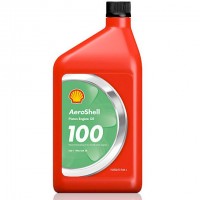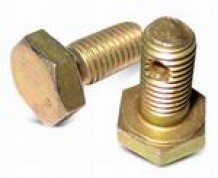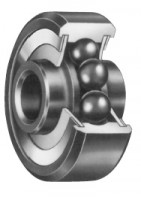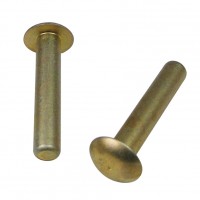FREE SHIPPING ON ORDERS OVER $350 (SOME EXCLUSIONS APPLY) | 877-4-SPRUCE
F6F-5 Hellcat Model
$162.75/Each
Part# 13-10532
MFR Model# AF6FTR
MFR Model# AF6FTR
Overview
|
The date was September 1, 1943 when the Hellcat first saw action against the Japanese when fighters off the USS Independence (CVL-22) shot down a snooping seaplane. After which at 23rd of November, Hellcats engaged Japanese aircraft over Tarawa, shooting down a claimed 30 Mitsubishi Zeros for the loss of one F6F. On November 11, 1943, Hellcats were engaged in day-long fights with many Japanese aircraft including A6M Zeros, claiming more than 100 victories while losing few F6Fs over Rabaul, New Britain. The ""Thach Weave"" had developed into a formation tactic by that time. Each time an enemy fighter made a run at a section of US fighters, the pursued Hellcats would break towards the opposing formation that would cross over and force the Japanese to break off or expose themselves to the Hellcats weapons. The ""wingman"" tactics started which are still used to this day, allowing less maneuverable US aircraft such as the Hellcat to deal with much more nimble Japanese opponents. Hellcats were involved in practically all engagements with Japanese air power from that point onward. Navy and Marine F6Fs flew 66,530 combat sorties (45% of all fighter sorties of the war, 62,386 sorties were flown from aircraft carriers) and destroyed 5,163 enemy aircraft (56% of all Naval/Marine air victories of the war) at a cost of 270 Hellcats (an overall kill-to-loss ratio of 19:1).The aircraft performed well against the best Japanese opponents with a 13:1 kill ratio against Mitsubishi A6M, 9.5:1 against Nakajima Ki-84, 28:0 against Kawanishi N1K-J, and 3.7:1 against Mitsubishi J2M during the last year of the war. In the ground attack role, Hellcats dropped 6,503 tons of bombs. |
WARNING: Cancer and Reproductive Harm - www.P65Warnings.ca.gov. |
Q&A
Please note, Aircraft Spruce ®'s personnel are not certified aircraft mechanics and can only provide general support and ideas, which should not be relied upon or implemented in lieu of consulting an A&P or other qualified technician. Aircraft Spruce ® assumes no responsibility or liability for any issue or problem which may arise from any repair, modification or other work done from this knowledge base. Any product eligibility information provided here is based on general application guides and we recommend always referring to your specific aircraft parts manual, the parts manufacturer or consulting with a qualified mechanic.








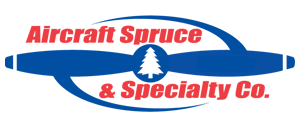 FREE Shipping
FREE Shipping

